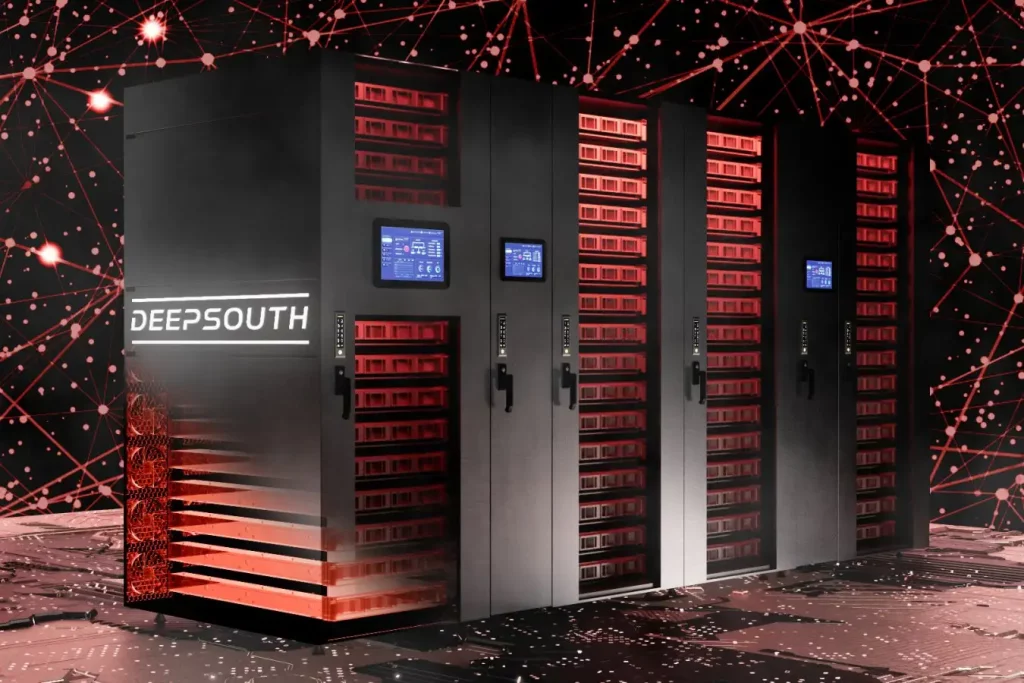Despite ever-evolving technology, the human brain is the supreme in processing power. This biological marvel operates differently, boasting a speed of over 100 billion operations per second. To bridge this gap, researchers have explored neuromorphic computing, inspired by the brain’s structure.
The supercomputer can perform 228 trillion operations per second
Deep South, a supercomputer spearheaded by Australia’s International Center for Neuromorphic Systems, is poised to launch in April 2024. This game-changer boasts a processing speed of 228 trillion operations per second, surpassing the human brain by over 2,000 times.

While details are scarce, experts suggest Deep South mimics the entire human body, not just the brain. Unlike traditional electronics, it merges data storage and operation, mirroring the brain’s efficiency. The human brain’s brilliance lies in its billions of interconnected nerve cells operating with minimal energy consumption, enabling trillions of interactions. Deep South, though impressive, requires more space and energy.
However, the underlying technology holds promise. Imagine week-long phone battery life or supercomputer chips miniaturized for smaller devices. Beyond power, improved data processing could revolutionize various fields, from stable hospital life support systems to customized AI models.
The true surprise lies in Deep South’s unexpected benefits. Studying the brain to build smarter computers has led to a deeper understanding of the human brain itself. Researchers can now analyze brain diseases and observe how the brain responds to medication and aging.
Deep South allows us to study the brain like a computer, analyzing communication between nerve cells to pinpoint the root cause of neurological issues. It can even visualize the learning process by observing how a supercomputer model distributes tasks. While unlocking all the brain’s secrets may seem far-fetched, Deep South’s potential is undeniable. Its success could pave the way for a digital brain, opening doors to overcoming once-untreatable diseases.
RELATED:
- Microsoft & OpenAI planning $100 billion supercomputer Stargate AI
- Nvidia Unveils Eos Supercomputer to Push the Boundaries of Artificial Intelligence
- Get Redmi K70 Pro for discounted price of $499
- Lenovo Legion Y700 2023: Save $100 on this 8-inch gaming Android tablet
- Best of MWC 2024: AI Phone, Transparent Laptop, 3D Tablet & More
(Via)





